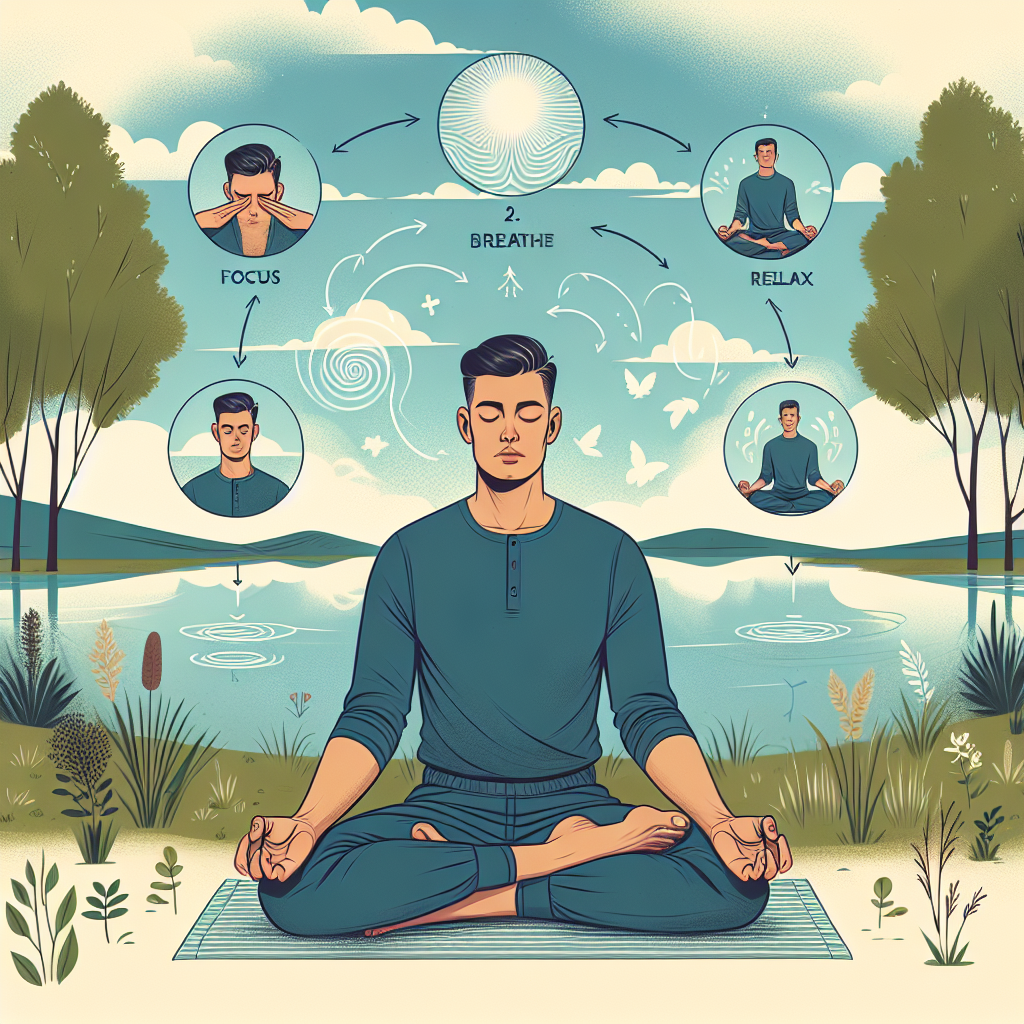
Learn how to meditate properly
Introduction: The Art of Meditation
Meditation has become increasingly popular in recent years as a tool for relaxation, self-awareness, and overall well-being. People from all walks of life are turning to meditation to find solace amid the chaos of the modern world. However, many novices may struggle with the question of how to effectively engage in this practice. This article will guide you through the essentials, ensuring that you learn how to meditate properly. Whether you're a beginner or looking to refine your technique, this guide will provide insights and tips to enhance your meditation practice.
Understanding Meditation
Before diving into the practical aspects of meditation, it’s crucial to understand what it is and its various forms. Meditation is a practice that involves focusing the mind to achieve a mentally clear and emotionally calm state. Its origins can be traced back thousands of years, with roots in various spiritual traditions.
The Benefits of Meditation
- Reduces stress and anxiety
- Improves concentration and attention
- Enhances emotional well-being
- Promotes self-awareness and mindfulness
- Improves sleep quality
These benefits illustrate why many people seek to incorporate meditation into their daily routines. With practice, it becomes a powerful tool for personal growth and emotional regulation.
Preparing for Your Meditation Practice
Before you begin meditating, there are a few preparations to consider that can significantly enhance your experience:
Creating the Right Environment
Your meditation space should be conducive to relaxation and focus. Consider the following tips:
- Choose a quiet space free from distractions.
- Dim the lights or use candles for a calming effect.
- Incorporate comfortable seating, such as a cushion or chair.
- Consider incorporating calming scents with incense or essential oils.
Choosing a Suitable Time
Find a time that works best for you. Some people prefer morning sessions to start their day with clarity, while others may find evening meditation beneficial for unwinding. Consistency is key, so try to meditate at the same time each day.
Setting an Intention
Having a clear intention for your meditation can guide your practice. This might be a desire for greater peace, self-acceptance, or simply mindfulness. Write down your intention and reflect on it before you begin.
Different Techniques to Learn How to Meditate Properly
Meditation comes in various styles and techniques. Here are a few effective methods that you can incorporate into your practice:
Mindfulness Meditation
This is one of the most popular forms of meditation that encourages being present in the moment. To practice mindfulness meditation:
- Find a comfortable position, either sitting or lying down.
- Close your eyes and take a few deep breaths.
- Focus on your breath and notice the sensation of air entering and leaving your body.
- When your mind wanders, gently bring your focus back to your breath without self-judgment.
Loving-Kindness Meditation
This technique involves sending love and kindness to yourself and others. Here’s how to practice it:
- Find a comfortable position and take a few deep breaths to center yourself.
- Repeat phrases such as “May I be happy, may I be healthy, may I be safe.”
- After focusing on yourself, extend these wishes to loved ones, acquaintances, and even those you may have conflict with.
Transcendental Meditation
This type of meditation involves the use of a mantra—a word or phrase that you repeat silently to yourself. Here's a simple way to practice:
- Select a quiet place and sit comfortably.
- Close your eyes and take deep breaths.
- Choose a mantra that resonates with you. Repeat it mentally for about 20 minutes.
Overcoming Common Challenges
Even with the best intentions, many practitioners encounter challenges as they learn how to meditate properly. Here are some common hurdles and ways to overcome them:
A Wandering Mind
It’s natural for the mind to wander during meditation. When it happens, gently redirect your focus. Here’s how to manage this:
- Acknowledge that your mind has wandered without judgment.
- Gently guide your focus back to your breath or your mantra.
Physical Discomfort
Seating discomfort can distract you from achieving a meditative state. To alleviate this:
- Choose a comfortable seating position.
- Take breaks during longer sessions.
- Incorporate gentle stretches before your session.
Impatience with Progress
Meditation is a journey, not a destination. Here are tips to manage impatience:
- Remind yourself that progress takes time.
- Set realistic goals and expectations for your practice.
- Reflect on even small improvements in your emotional well-being.
Incorporating Meditation into Your Daily Routine
Making meditation a habitual part of your life doesn’t have to be overwhelming. Here are some practical ways to incorporate it into your daily routine:
Start Small
If you’re new to meditation, start with just five minutes a day. Gradually increase your practice as it becomes more comfortable.
Linking Meditation to Existing Habits
Pair your meditation practice with an existing habit, such as brushing your teeth or having your morning coffee. This helps create a connection in your daily routine.
Utilize Guided Meditations
For those who struggle with self-guided practice, consider using apps or online resources. Guided meditations provide direction and can make your sessions more accessible.
Conclusion: Embrace the Journey of Meditation
Meditation is a valuable skill that requires patience, consistency, and practice. By following the insights shared in this article, you will learn how to meditate properly and experience the transformative benefits it offers. Remember, meditation is unique to everyone, and the most important part is finding what resonates with you. Embrace the journey, and allow yourself the time and space to grow in your practice. Whether you seek a moment of peace, clarity, or emotional balance, meditation can be your guide. Happy meditating!
By Guest, Published on August 2nd, 2024